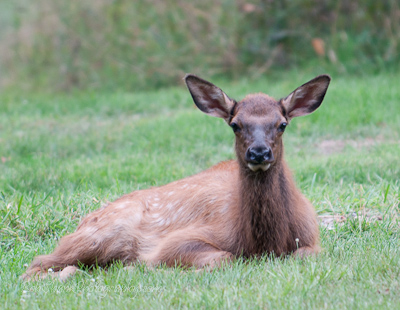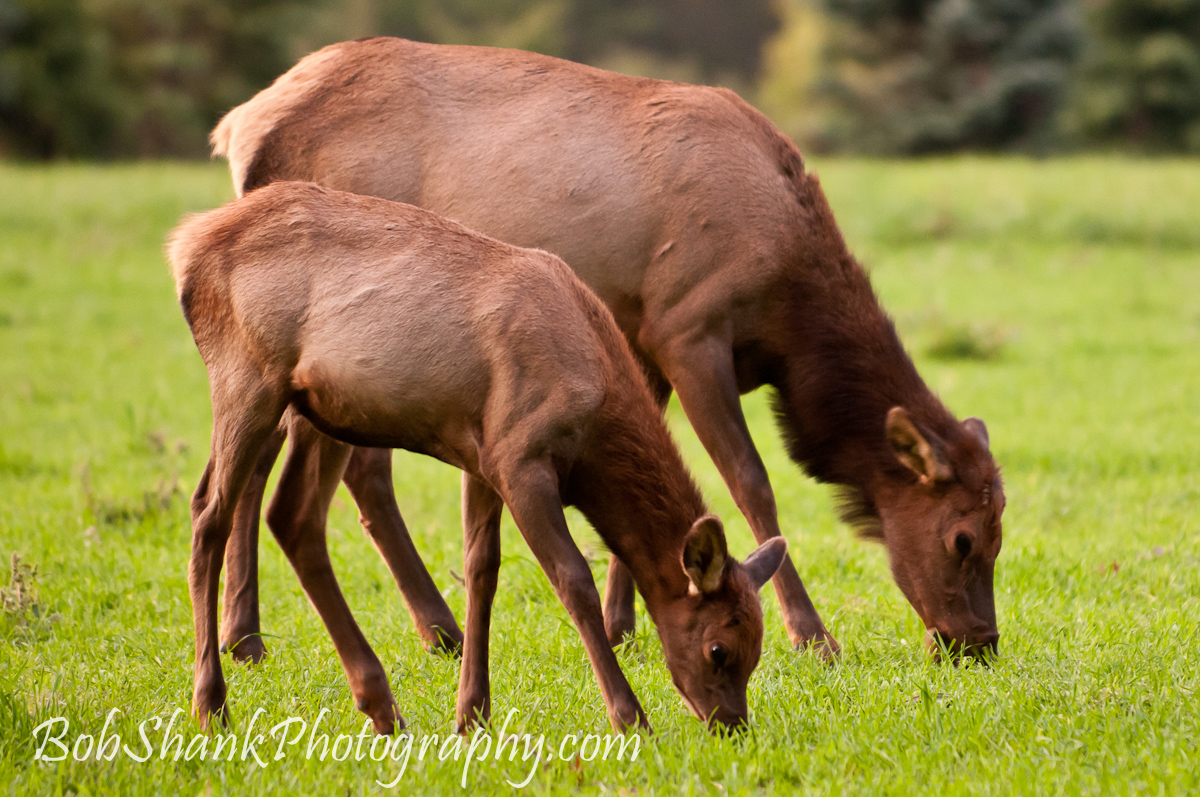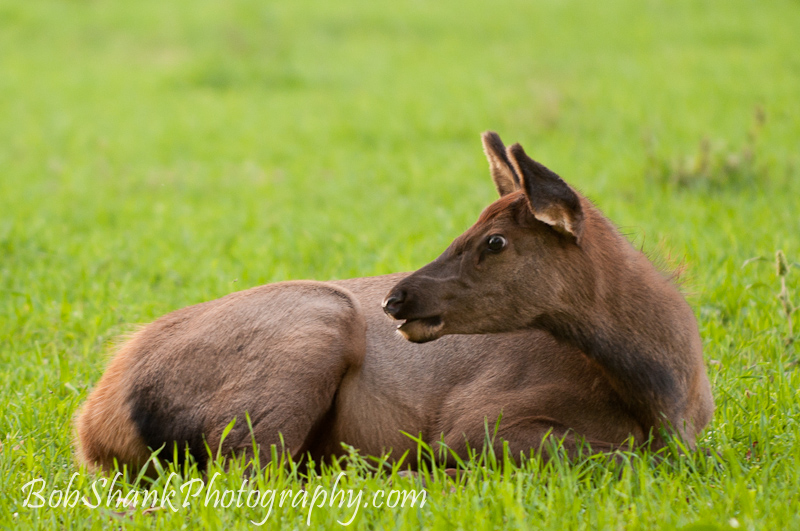The layout or composition of a photograph is important.
There are some general guidelines in composition, such as not cutting off subjects at their joints or chopping the top of their head off at the top of the photograph. Two other important compositional guidelines are the rule of thirds and horizon lines.
Let’s start with horizon lines. When photographing a subject make sure the photograph is not cut exactly in half with the horizon line going directly through the middle of the photo. This just doesn’t look good. To show more of the sky and clouds, drop the horizon line to roughly one-third of the way from the bottom of the photo. Alternatively, to show more of the landscape, pop the horizon line to roughly one-third of the way from the top of the photo. Compare photographs that follow this guideline with a photo that cuts the horizon right through the middle of the photo and see what you think.
The rule of thirds is another very helpful compositional guideline. Imagine your photograph has lines that resemble a tic-tac-toe board overlaying your photo. This pattern divides your photo in thirds both horizontally and vertically. Now note where these lines intersect. This guideline suggests you put your subject on one of these intersecting lines rather than dead in the middle of the photo like a bullseye.
The photograph here follows the rule of the thirds. The top of the calf’s head is at the top right of the imaginary intersecting lines. This produces a more pleasing composition. The body of the calf is also not right in the middle of the photograph, so it also follows the horizon guideline correctly.
Work with these two compositional guidelines in your photograph and see if they make a difference. My guess is that you will produce more pleasing and compositionally correct photographs.





